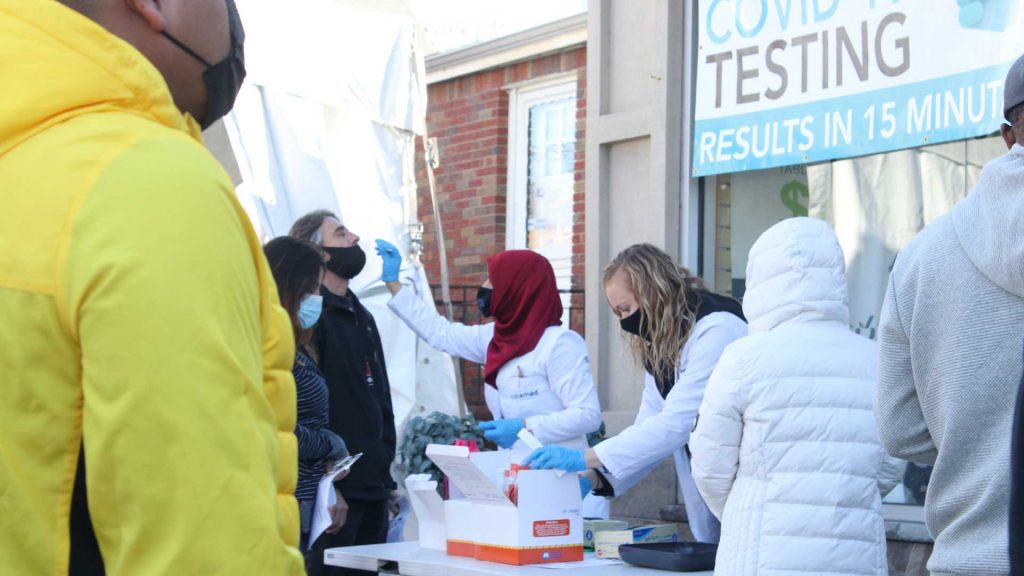The virus known as SARS-CoV-2 (Severe Acute Respiratory Syndrome Coronavirus 2) causes the COVID-19 disease. Till the proper vaccination is available, testing is the only way to slow down this virus’s infection.
This article will discuss how the test for Coronavirus is done and who should be getting tested. In most cases, a swab sample analysis is the best way to test for the virus’s new strain.
How COVID-19 Test Work?
Throat Swab
The procedureof COVID-19 test is very similar to that for the flu. Firstly, to search for the infection, a test will be obtained.
Health specialists agree that the coronavirus replicates the respiratory system, causing upper-respiratory-tract infections mild to moderate, such as the common cold.
Therefore, deep throat swabs are recommended by the World Health Organization (WHO) and the US Centers for Disease Control (CDC), passing into both your mouth and your nose. You might also be asked to throw up sputum, a combination of saliva and mucus.
Qualified Lab
Quoting the US research protocol, the sample must be placed in a sterile tube or vial after it has been obtained, as is the case with any other diagnostic examination.
It is first frozen before being shipped with an ice pack to a qualified laboratory with access to a coronavirus test kit to protect the specimen.
Laboratories are required to have a minimum degree of biosafety or BSL of 2.
RT-PCR Test
When samples arrive at the laboratory, technicians use an RT-PCR technique to search for the coronavirus’s genetic code using a special reagent or reverse transcriptase-polymerase chain reaction.
In the US, the CDC has produced a new laboratory research kit to test patient specimens for SARS-CoV-2.
Laboratory technicians remove the genetic material from the samples of throat swabs and sputum. A collection of additives, including those extracted from the coronavirus itself, is then combined with the distilled genetic material. The whole solution is poured into a measuring system.
Suppose a patient’s blood contains the coronavirus. In that case, the virus’s genetic material will be amplified, and the computer will produce a positive test. If not, it will show a negative report.
Where Is the Testing Available?
Public Test
91 public health labs have undergone verification in the United States to search for COVID-19. Testing is accessible in all 50 states. The CDC suggests calling the state health department to get a check.
The costs of these assessments range from $35 to $52, depending on the state.
Private Test
The Food and Drug Administration (FDA) approved using the first home testing kit for COVID-19 on April 21. People would extract a nasal sample using the cotton swab and mail it to a specified laboratory for examination.
The emergency use permit states that the test kit is approved for use by individuals who have been confirmed as suspected of developing COVID-19 by healthcare professionals.
Summary
Most people having positive COVID-19 report show very mild infections which do not require any special medical attention. However, you should get yourself tested if you have a cough, a fever, or any shortness of breath to remove any chance of further spreading.
Don’t forget to maintain the quarantine protocols and the basic measures to be taken.


